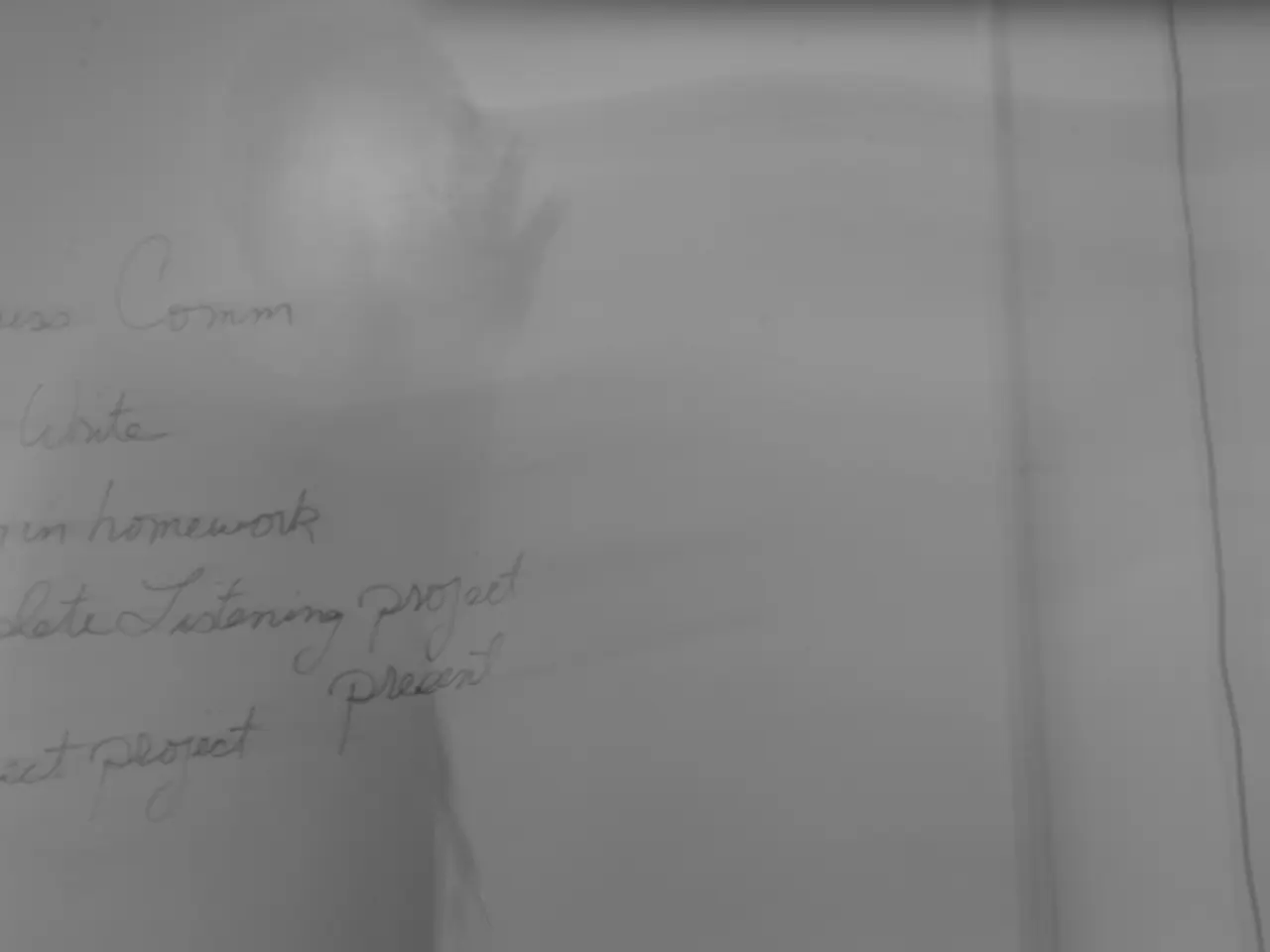Refinancing a Mortgage: Understanding the Process and Its Purpose
Refinancing your home can be a powerful financial tool, enabling you to change the terms of your mortgage to suit your needs. Here's a breakdown of the ins and outs of mortgage refinancing.
Refinancing replaces your current mortgage with a new one, offering various benefits such as locking in a lower interest rate, lowering your mortgage payment, shortening your loan's term, tapping into your home's equity, consolidating debt, and potentially cancelling private mortgage insurance premiums.
The average time to close on a refinanced mortgage is approximately 44 days, as of June 2025. However, there is a waiting period, known as the mortgage season, after closing before you can refinance. The length of this period depends on the loan type and mortgage investor.
Before diving into the refinancing process, it's crucial to set a clear financial goal, check your credit score and history, determine your home equity, shop multiple mortgage lenders, and discuss when to lock in your rate. Generally, you'll need at least 20% equity to refinance.
Closing costs for refinancing a mortgage range from 2% to 6% of the loan amount. Paying these costs upfront, if possible, can often make more financial sense than financing them, as it can result in a lower interest rate or total loan amount.
Refinancing your home involves a similar process to the purchase mortgage application, including a credit check, submission of financial documentation, a home appraisal, and a mortgage underwriting process.
There are multiple types of refinancing, each with distinct features suited for various financial goals. For instance, a rate-and-term refinance changes the loan's interest rate, loan term, or both to achieve better monthly payments or pay off the loan faster without increasing the loan balance.
Another popular option is the cash-out refinance, which allows you to tap into your home equity to withdraw cash for expenses or investments, increasing your overall mortgage debt. There are three main cash-out refinance loan types: conventional cash-out, FHA cash-out, and VA cash-out.
The closing disclosure and loan estimate list the closing costs to finalize the loan. It's essential to shop quotes from at least three mortgage lenders to help maximize savings when refinancing a mortgage. Gathering recent pay stubs, federal tax returns, bank/brokerage statements, and other requested documents can help streamline the refinancing process.
After closing, your loan may be resold on the secondary market, so it's important to keep an eye out for changes in mortgage payments. Some lenders offer lower rates for autopay.
In addition to the common refinance types, there are specialized options like asset-based loans, VA refinances, and SOFR Adjustable-Rate Mortgages (ARM), each catering to specific borrower profiles and financial goals.
Remember, refinancing is a strategic move to replace an existing mortgage with a new one, often to change the interest rate or loan terms. A higher credit score can lead to better refinance rates and a higher chance of underwriter approval.
[1] Investopedia. (2021, October 12). Types of Mortgage Refinancing. Investopedia. https://www.investopedia.com/terms/m/mortgagerefinance.asp [2] NerdWallet. (2021, September 17). Mortgage refinancing: Types, benefits, and how it works. NerdWallet. https://www.nerdwallet.com/blog/loans/mortgages/mortgage-refinancing/ [3] Consumer Financial Protection Bureau. (n.d.). Cash-Out Refinancing. Consumer Financial Protection Bureau. https://www.consumerfinance.gov/ask-cfpb/what-is-cash-out-refinancing-en-1569/
A student considering their personal-finance can explore mortgage refinancing to consolidate their student loans, as a cash-out refinance loan allows them to tap into their home equity and receive cash for debt consolidation. However, before deciding on refinancing, it's essential to check their credit score, determine their home equity, and shop multiple mortgage lenders for the best rate and terms.
In the process of refinancing, the borrower can opt for a rate-and-term refinance to lower their mortgage payment, shorten their loan's term, or both, or choose a cash-out refinance to access their home equity for personal or investment purposes, increasing their overall mortgage debt. It is important to remember that there are closing costs associated with refinancing, typically ranging from 2% to 6% of the loan amount, and shopping quotes from at least three mortgage lenders can help maximize savings.




